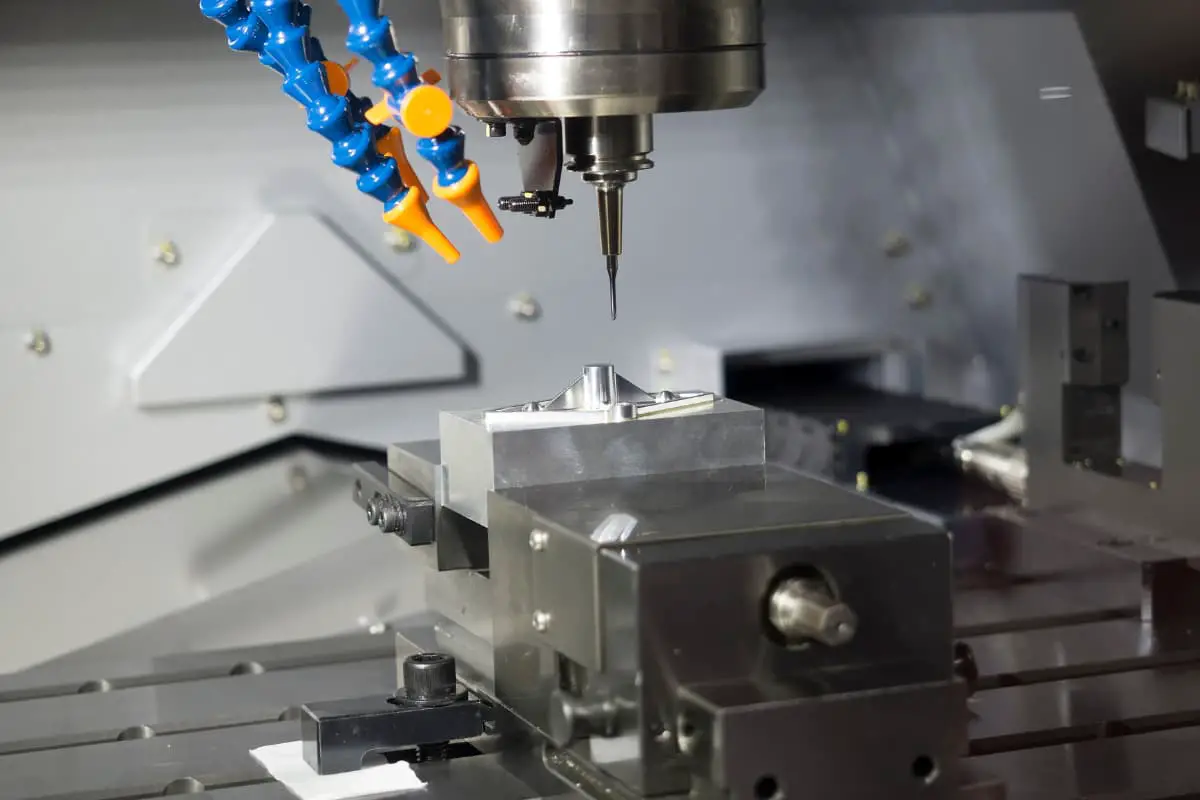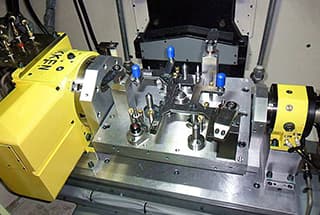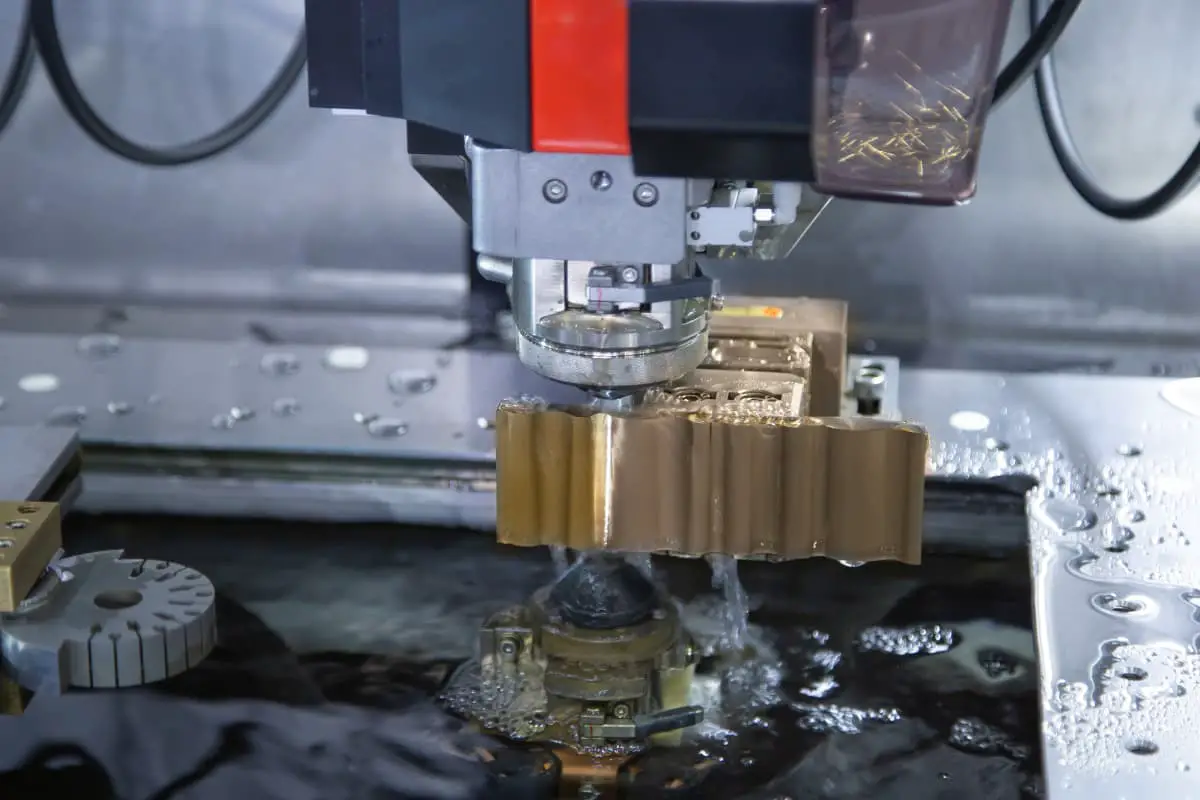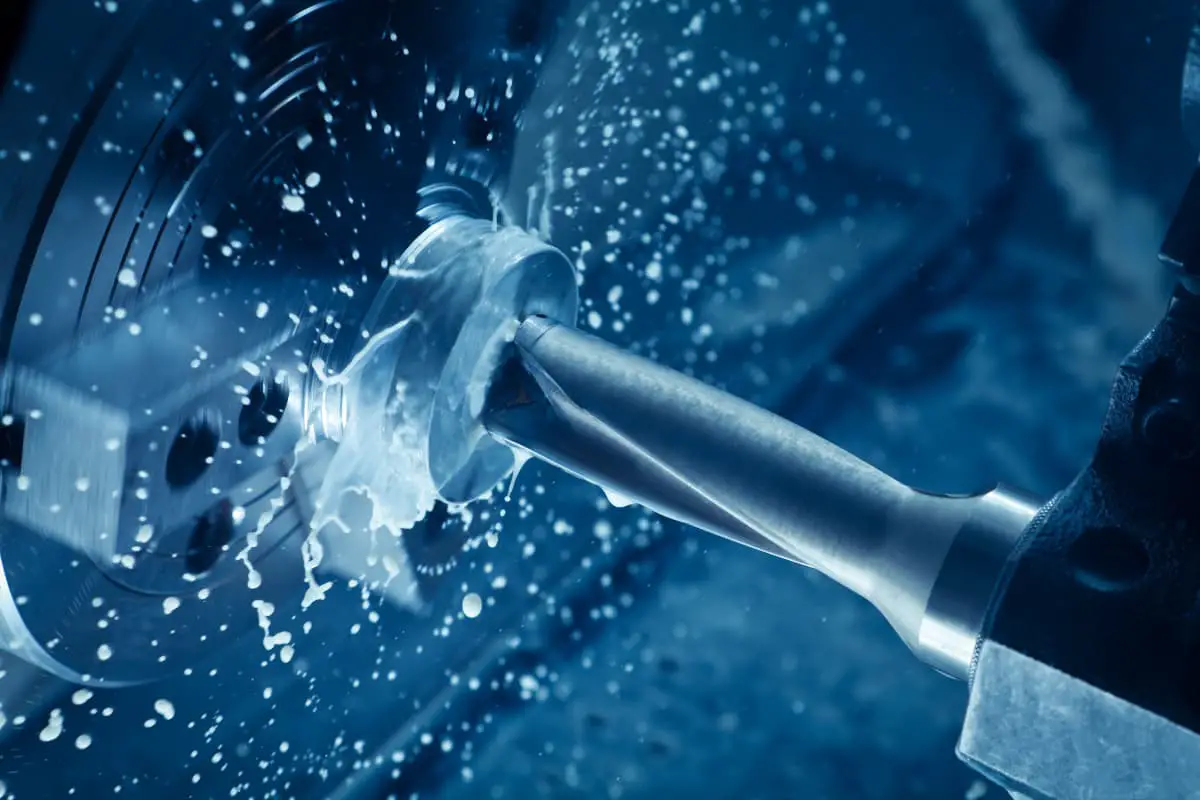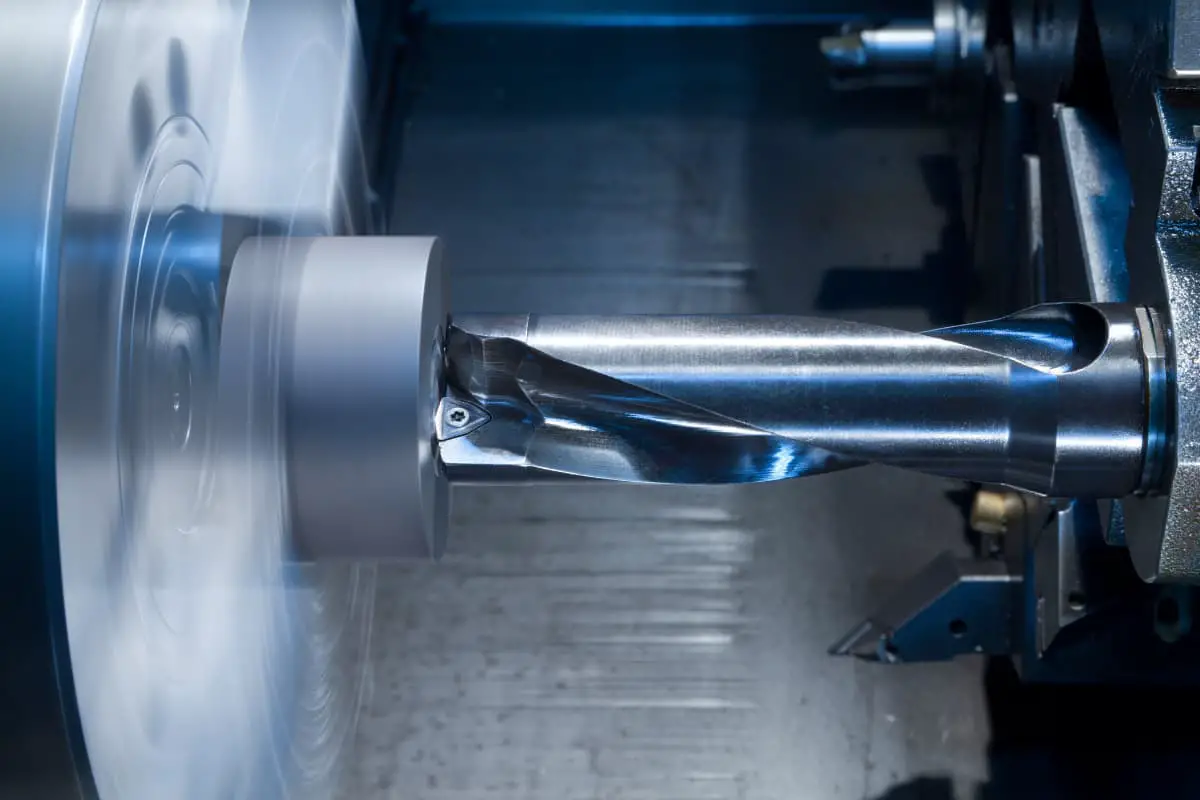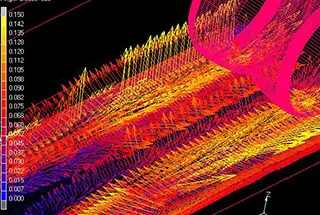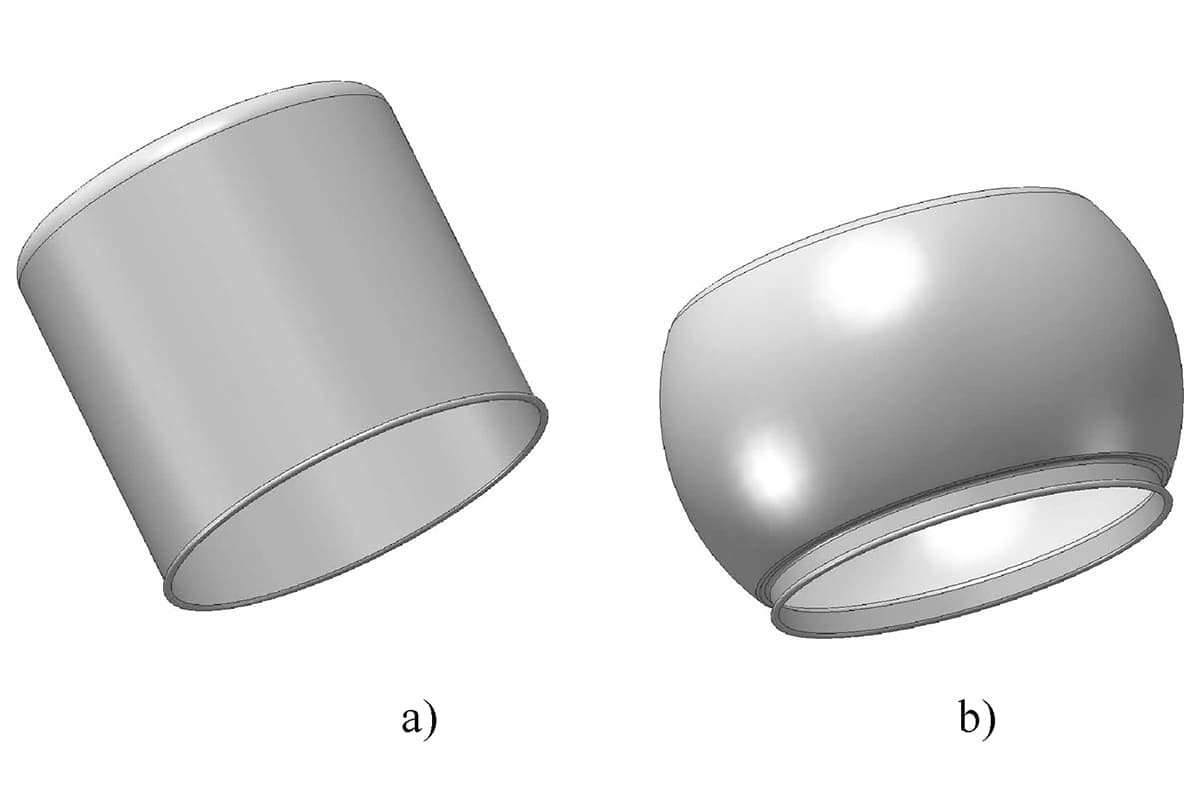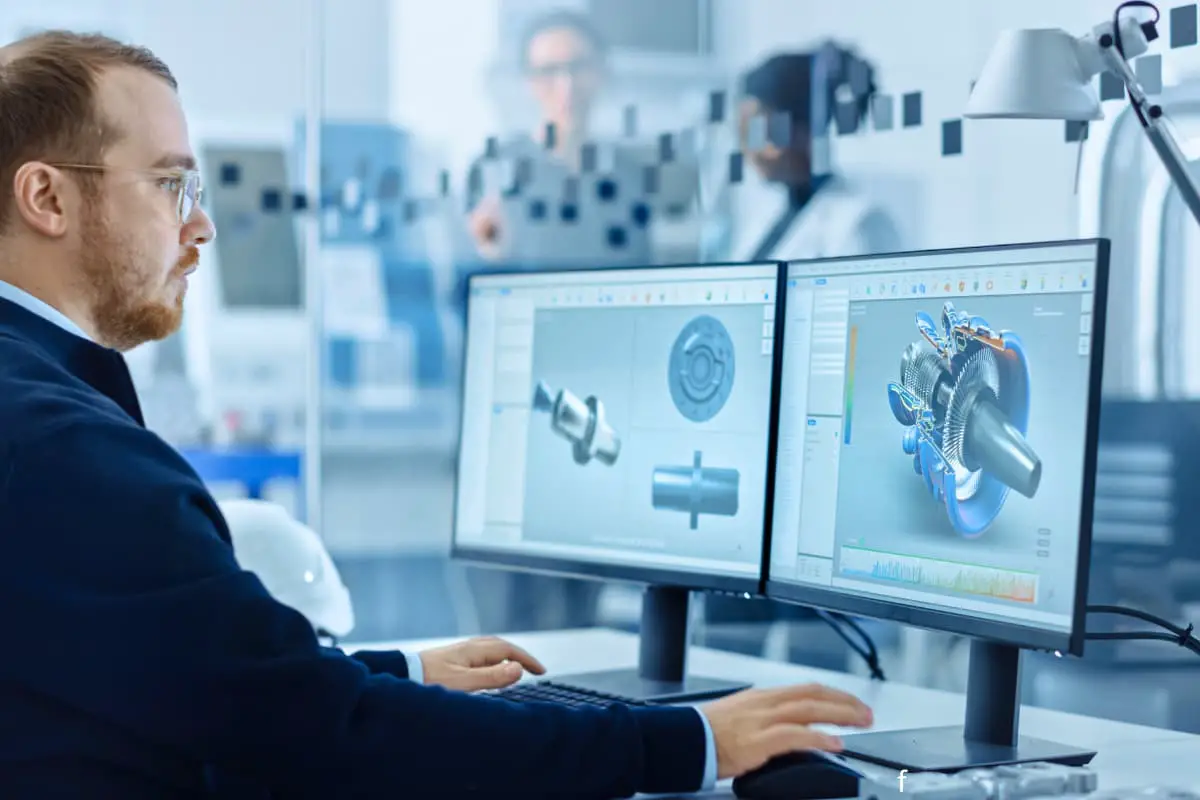
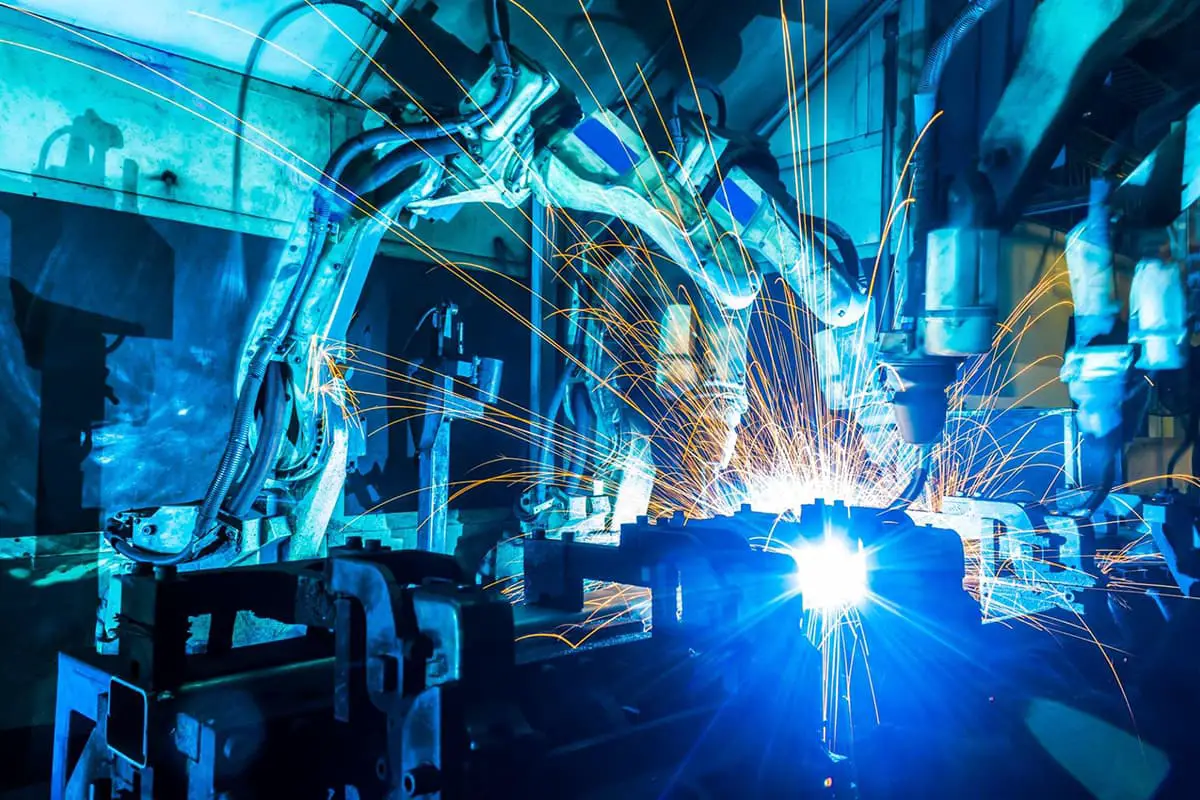
Welding robots primarily consist of the robot body, control cabinet (including hardware and software), and automated welding equipment.
For example, automated welding gear for arc welding and spot welding includes the welding power supply (with its control system), wire feeder (for arc welding), welding torch (clamp), among others.
When technicians operate welding robots, shouldn’t there be some safety precautions in place?
For instance, choosing the correct and reasonable location for the welding robot setup is essential.
Welding robots contain many high-precision components, especially their control cabinets. Despite excellent dust-proofing, a poor installation environment can still reduce the robot’s lifespan.

1. Prior to powering up, please confirm the following:
a) The robot’s safety barrier is not damaged.
b) Technicians are properly dressed in work attire as required.
c) Protective gear (safety helmets, safety shoes, etc.) is available in the production workshop.
d) The welding robot, control box, and control cables are not damaged.
e) Automatic welding machines (like Fronius or Lincoln welders) and welding cables are not damaged.
f) Safety devices (emergency stop, safety latch, wiring, etc.) are not damaged.
2. Before teaching the welding robot, confirm there are no abnormal noises or conditions:
a) Manually operate the welding robot to confirm there are no abnormal noises or conditions.
b) Press the emergency stop button while the servo power is on to confirm that the robot’s servo power can be correctly cut off.
c) Release the lever switch on the back of the teaching box while the servo power is on to confirm that the robot’s servo power can be correctly cut off.
3. During the operation of teaching the welding robot, please confirm the following:
a) Ensure that the operator can promptly move out of the robot’s range of motion during teaching operations.
b) When operating the welding robot, please face the robot as much as possible (do not take your eyes off the robot).
c) Try to avoid standing in the robot’s range of motion when not operating it.
d) When not operating the welding robot, press the emergency stop button to halt its operation.
e) When safety measures such as robot safety barriers are in place, an assistant should be present to monitor. Avoid operating the welding robot when the monitor is not present.
1. Before automatic operation, please confirm the following:
i. There are no personnel within the safety fence of the robot;
ii. The correct program number to be regenerated is set;
iii. The welding robot is at the normal movement position;
iv. The teaching box is in a suitable position;
v. There are no tools or other objects left within the range of the welding robot’s movement;
vi. The movement speed of the welding robot (including overruns) is appropriate;
vii. The welding robot can stop urgently when the safety devices (like emergency stop) are operated;
viii. The state is ready to press the emergency stop button at any time;
ix. If welding is required, a welding protective mask is prepared before welding.
2. During automatic operation, please note the following:
i. If there is any abnormality or feeling of insecurity, press the emergency stop button immediately;
ii. Do not stand within the safety fence of the robot or within the working range of the welding robot;
iii. Do not reach your hand or tools into the gaps of the safety fence of the robot.
3. After automatic operation, please confirm the following:
i. After automatic operation, press the emergency stop button to stop the welding robot;
ii. Before entering the safety fence of the robot, switch the operation mode to manual mode (teaching mode). In addition, the welding robot should stop working when the emergency stop button is pressed;
iii. If welding is involved, do not directly touch the welding workpiece.
In conclusion, the welding robot is a key piece of equipment involved in welding production operations. Technical personnel must undergo systematic professional training before they can work on it.

As the founder of MachineMFG, I have dedicated over a decade of my career to the metalworking industry. My extensive experience has allowed me to become an expert in the fields of sheet metal fabrication, machining, mechanical engineering, and machine tools for metals. I am constantly thinking, reading, and writing about these subjects, constantly striving to stay at the forefront of my field. Let my knowledge and expertise be an asset to your business.




